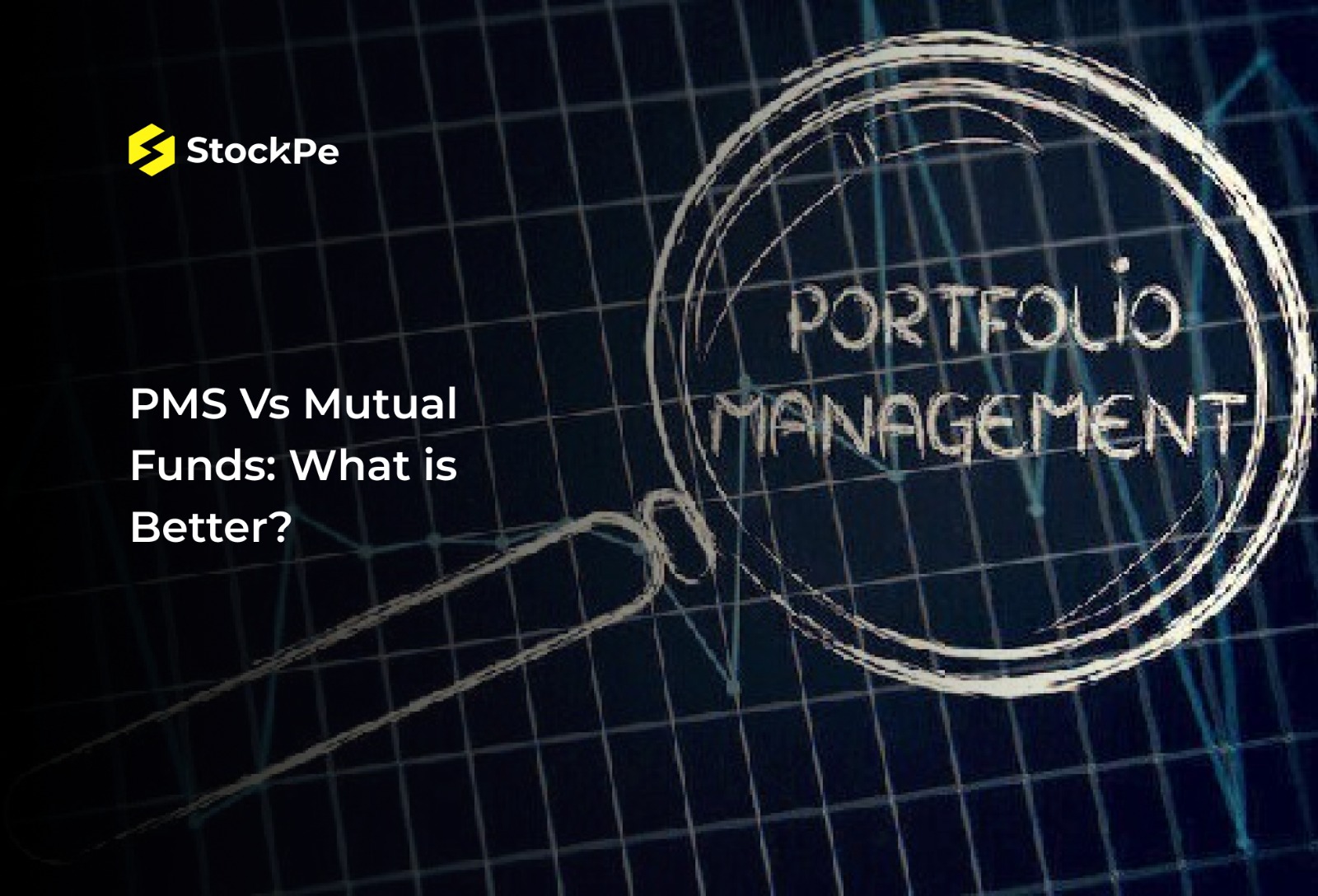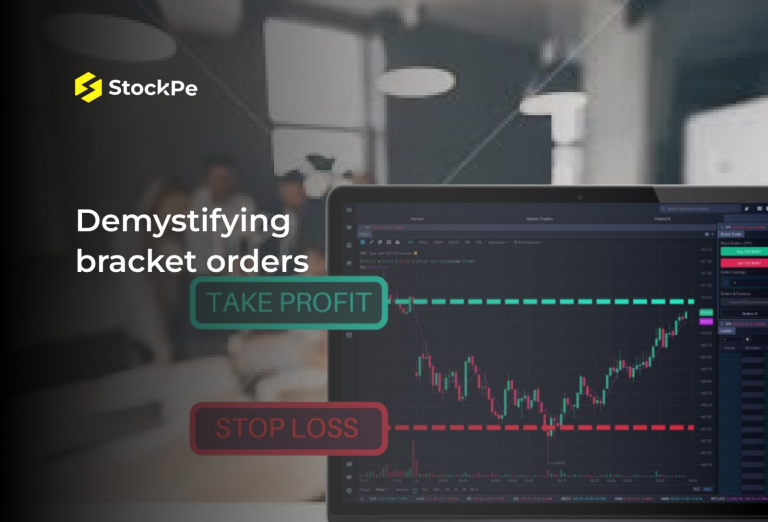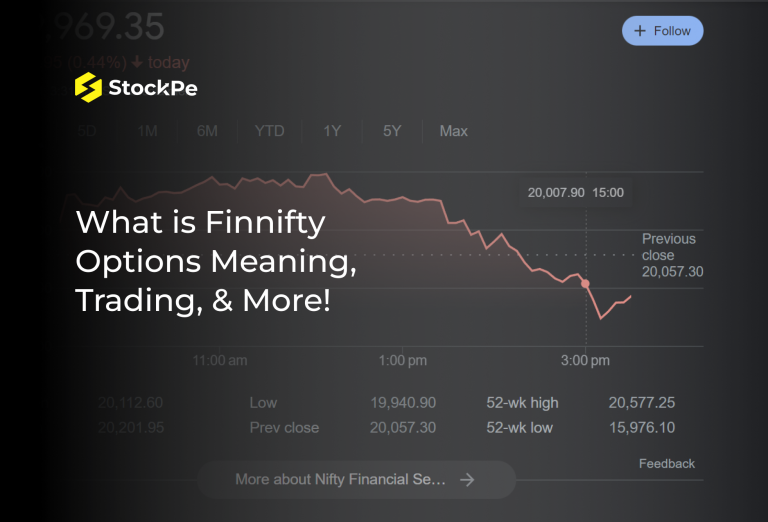Independent portfolio managers, brokerage houses, and AMCs provide Portfolio Management Services (PMS). The mutual fund plans offered by Asset Management Companies (AMCs) are well-known to most consumers. Like mutual funds, PMS is tailored investments made with the investors’ risk profile and tolerance in mind. To learn more about mutual funds vs. PMS, keep reading!
What Is PMS?
Portfolio Management Service (PMS) is an investing service provided by a portfolio manager that allows investors to customize their portfolios based on their tastes and financial objectives. Purchasing PMS allows investors to hold shares or bonds in their names. Investors in mutual funds, however, are limited to owning the fund units inside the plan.

What Kinds of PMS Are There?
There are two sorts of portfolio management services: non-discretionary and discretionary. When non-discretionary PMS occurs, the management recommends investments to the investors. The manager starts the trade on the investors’ behalf after receiving their approval.
With discretionary PMS, the manager chooses the stocks and bonds, as well as when to buy the units, according to his preferences. This category includes the majority of portfolio management services offered in India, with an emphasis on managing equity-related portfolios.
- Fees for PMS Services: Different kinds of commissions and fees are assessed by all organizations that offer portfolio management services. The fees are set when investing and can differ amongst PMS providers. The following are the different charges linked to PMS:
- Entry-level Load Fees: Most PMS providers impose a one-time entry load upon an investor’s enrollment in a scheme. It may differ by 1% or 3%.
- Operating Expenses: This is a regular fee assessed to defray the portfolio management expense. SEBI imposed a cap on the charges, set at 0.5% of the client’s average daily assets under management for a year.
- Brokerage Fees: For every market transaction, PMS providers impose a brokerage fee.
- Exit load fees: When investors redeem their investments, they are assessed an exit load fee. If investors redeem their investment during the first year, the exit load cannot exceed 3%, according to recent guidelines released by SEBI. For exits in the second and third years, the fees are 1% and 2%, respectively. After the third year, there are no exit load charges.
How do mutual funds work?
Investments made in various bonds, stocks, and other securities are known as mutual funds. An AMC, also known as a mutual fund business, pools the capital of multiple participants and makes investments in a range of securities. Because there are many companies to choose from, the risk is minimal because the portfolio is broad.
A dedicated fund manager oversees each fund scheme, analyzing and allocating the pooled wealth to securities purchases. Gold, equities, and fixed-income instruments like Treasury bills, bonds, and commercial papers are examples of these securities.
The Types of Mutual Funds
Mutual funds can be divided into different kinds according to their asset class and structure.
1. Based on the Underlying Asset Class:
- Equity mutual funds
- Debt funds
- Hybrid funds
2. Based on Structure:
- Open-ended funds
- Close-ended funds
- Interval funds
Other mutual fund kinds are fund of funds, index funds, solution-oriented schemes, etc.
PMS vs MF: Pros and Cons Risk and Return in PMS and Mutual Funds
The following criteria will assist you in comprehending how mutual funds and PMS differ from one another:
- Size of portfolio
PMS must have a portfolio size of at least Rs. 50 lakh, per SEBI norms. Certain portfolio managers frequently establish a higher cap. However, a person can begin investing in mutual funds with as little as Rs. 500.
- Adaptability
Mutual funds employ benchmark allocations and operate within strict guidelines. For the duration of the investment horizon, they stay invested. On the other hand, investors have greater freedom with PMS.
With this instrument, portfolio managers can manage funds more aggressively and give greater prominence to their ideas in the portfolios they build. Hence, PMS can produce yields larger than those of mutual fund schemes.
- Reconciles
While a Portfolio Management Service maintains a separate Demat account and bank account for each client, mutual funds use pooled accounts to hold their stocks and funds.
- Worth
The Net Asset Value, or NAV, of the fund units held determines the market value of a mutual fund scheme. However, PMS considers the market value of the funds in the investor’s bank account and the securities in a Demat account.
- Objectivity
An investor can view each trade, brokerage, and execution price under PMS. He has access to information regarding the costs associated with portfolio management.
A mutual fund, on the other hand, lacks transparency and withholds certain information regarding expenses. In mutual funds, Net Asset Value (NAV) and its reporting are everything.
Mutual funds vs. PMS: Which Is Better?
Mutual funds and PMS are both alluring investment choices with high-profit potential. The following highlights the main distinctions between the two to help you decide which to choose:
- Risk tolerance: PMS plans have some of the same risks as mutual fund schemes. Investors should evaluate interest rates, inflation, and market risks before investing.
- Previous performance: An investor must be aware of the total returns that the PMS management has produced over time. He can select the ideal investment vehicle with the aid of this expertise.
- Large costs: A PMS investment entails several expenses, including management, accounting, custody, brokerage, exit load, and performance/profit-sharing fees. Before choosing a choice, investors must take these expenses into account.
- Investment purpose: A client should ascertain whether the fund strategy of the PMS provider is in line with their investment objectives before making any investments. He should clarify if the fund manager benchmarks performance using an index. Also, investors need to understand if they are making large-cap, mid-cap, or small-cap investments.
- Experience of a portfolio manager: Before signing up for a Portfolio Management Service, investors should evaluate the fund manager’s credentials and experience.
What risks are there in PMS investing instead of mutual funds?
It appears more reassuring to entrust your hard-earned money to a personalized manager who will provide selected solutions than to put your money into a mutual fund. They may, however, be vulnerable to dangers. PMSes are more vulnerable to mismanagement than MFs due to their lower regulation, such as window dressing returns after scrutiny periods to give the impression that they outperform competitors and benchmarks.
While PMS distribution is profitable because managers provide higher fees to draw investments, mutual fund distribution has lost its appeal because of low costs. This may result in deceptive sales. A PMS manager may overdo it and overinvest in a specific asset because of his strong convictions. Erroneous convictions might result in substantial damages. The regulation prohibits MFs from holding more than 10% of a single stock.
Things to Think About Before Purchasing Mutual Funds
The various factors that one should consider when investing in various mutual fund schemes are as follows:
- Risk tolerance: Investing in mutual funds has five primary risk levels: low, substantially low, moderate, moderately high, and high.
- Expense ratio: The Asset Management Company’s (AMC) operational fees are reflected in a mutual fund’s expense ratio. The net returns of a mutual fund scheme are higher when the expense ratio is lower.
- Past performance: Investors should consider investing in mutual funds that have produced steady returns for their backers.
- Assets Under Management (AUM) Value: A mutual fund’s total assets under management (AUM) indicate the total market value of the fund.
Last Word
When investing in PMS, a person must choose a reputable fund manager and an appropriate fund. It is up to investors to decide if the PMS investment strategies can outperform the returns on mutual funds. High net-worth investors may find a PMS the best solution; regular investors may want to look into mutual funds.
Mutual fund programs, like Navi Large & Mid-cap Fund, provide lump-sum and SIP investments in the top 200 Indian firms. Aggressive mid-cap and reliable large-cap companies are included in this scheme.
FAQs
- What does a portfolio manager do?
Answer: A portfolio manager is a person who enters into a contract with an investor and oversees, counsels, and manages the investor’s investments.
- NAV in mutual funds: what is it?
The market value of the securities in a mutual fund scheme expressed as a unit is called net asset value, or NAV. It represents the cost of every share owned in a specific fund.
- How does PMS function?
When people decide to invest, they move their funds or equities to PMS accounts. The fund manager creates a portfolio of equities based on the client’s investment goal.
- With PMS, who can invest?
To invest through PMS, entities such as individuals, Hindu Undivided Families (HUFs), sole proprietorships, partnerships, and body corporates are all eligible.
- How do exit loads work?
The answer is that an investor who exits a fund scheme before the predetermined tenure is assessed a fee by the asset management company.




